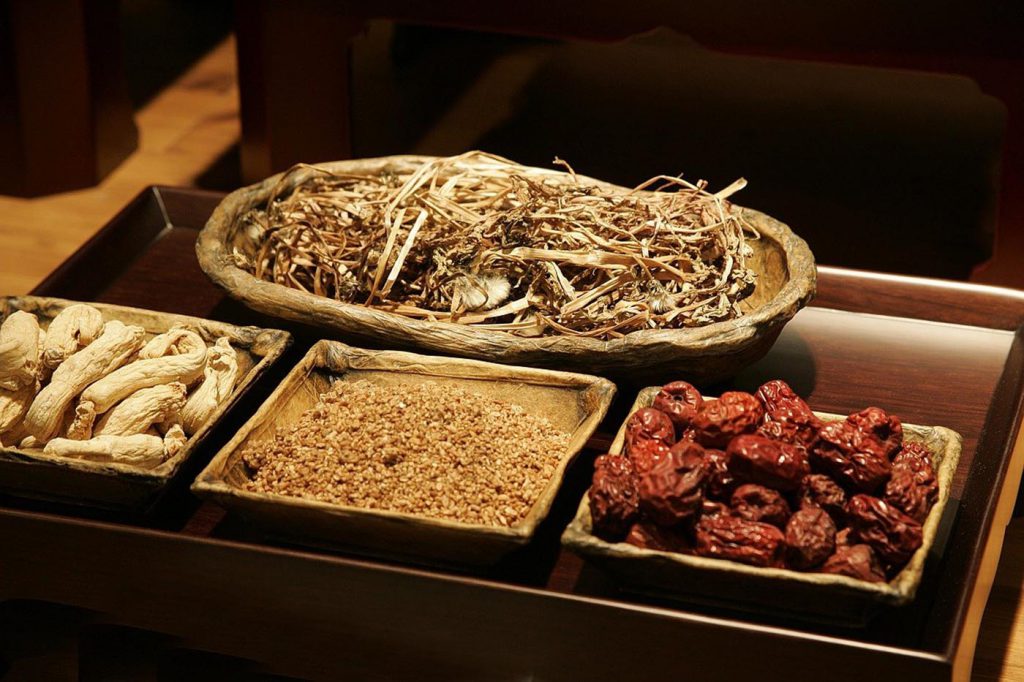Chinese traditional medicine, also known as traditional Chinese medicine (TCM), is a broad range of medicine practices sharing common concepts which have been developed in China and are based on a tradition of more than 2,000 years ago, including various forms of herbal medicine, acupuncture, massage, exercise, and dietary therapy. It is formed by summarizing the precious experience of understanding life, maintaining health, and fighting diseases accumulated in daily life.
In TCM practitioners use herbal medicines and various mind and body practices to treat or prevent health problems. Today Chinese traditional Medicine continues to develop and is used by millions of people around the world.
Chinese Traditional Medicine Theory
It helps to understand that Chinese medicine is a practical system of medicine that grew out of empirical traditions and thousands of years of observed outcomes.
TCM is based around 4 ancient belief systems:
- The human body is a miniature version of the larger, surrounding universe.
- Harmony between two opposing yet complementary forces, called yin and yang, supports health, and disease results from an imbalance between these forces.
- Five elements—fire, earth, wood, metal, and water—symbolically represent all phenomena, including the stages of human life, and explain the functioning of the body and how it changes during disease.
- Qi, a vital energy that flows through the body, performs multiple functions in maintaining health.
There are several forms of Chinese Medicine practiced; the most common are:
- Herbal Medicine – Chinese herbal medicine is the practice of combining individual herbs into formulas to promote health benefits. Herbs are carefully selected, processed, and dried. They are given to a patient in a tea or pill, or in the form of pharmaceutical grade extracts—the growing choice for most patients and practitioners.
- Acupuncture – Acupuncture entails stimulating certain points on the body, usually with a needle penetrating the skin, to alleviate pain or to help treat various health conditions. The general theory is based on the premise that there are patterns of energy flow (Qi) through the body that are essential for health. Disruptions of this flow are believed to be responsible for disease.
- Cupping – In cupping a therapist puts special cups on your skin for a few minutes to create suction. People get it for many purposes, including helping with pain, inflammation, blood flow, relaxation and well-being, and as a type of deep-tissue massage.
- Scraping – Scraping, or “Gua Sha”, uses pieces of smooth jade, bone, animal tusks, horns, or smooth stones to scrape along the skin to release obstruction and toxins that are trapped at the surface of the skin. The scraping is done until red spots then bruising cover the treatment area.
- Tai chi – Tai chi is a centuries-old mind and body practice. It involves gentle, dance-like body movements with mental focus, breathing, and relaxation. It has evolved over centuries to become a means of alleviating stress and anxiety, a form of “meditation in motion.”
- Qigong – Qigong encompasses physical postures, breathing techniques and focused intention. The word Qigong (Chi Kung) is made up of two Chinese words. Qi is pronounced “chee” and is usually translated to mean the life force or vital-energy that flows through all things in the universe.
Is Chinese medicine safe?
Yes, most forms are considered safe. However, herbal medicines used in TCM are not exactly regulated like western medicine. Many of the herbal products are available online and marketed as dietary supplements. Some Chinese herbal products are safe, but others may not be. Therefore, it is vital to ensure you receive your Chinese herbal medicine from a certified Chinese medicine doctor or supplier.



